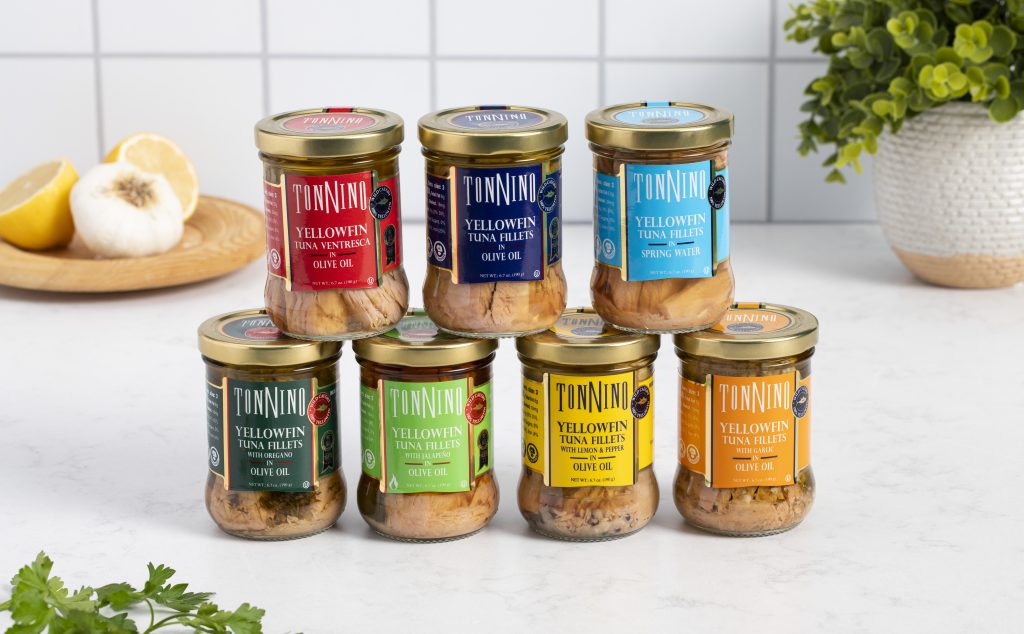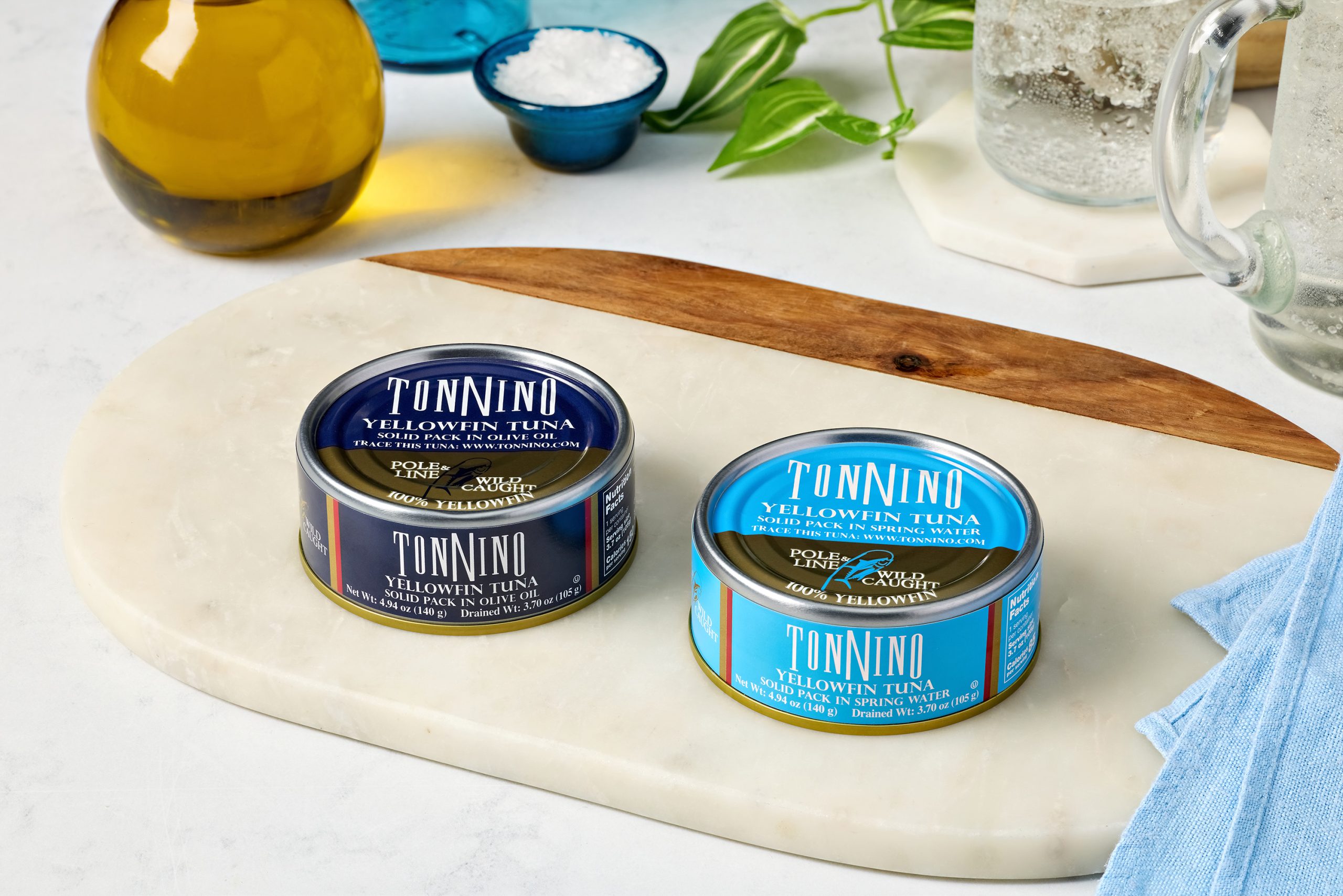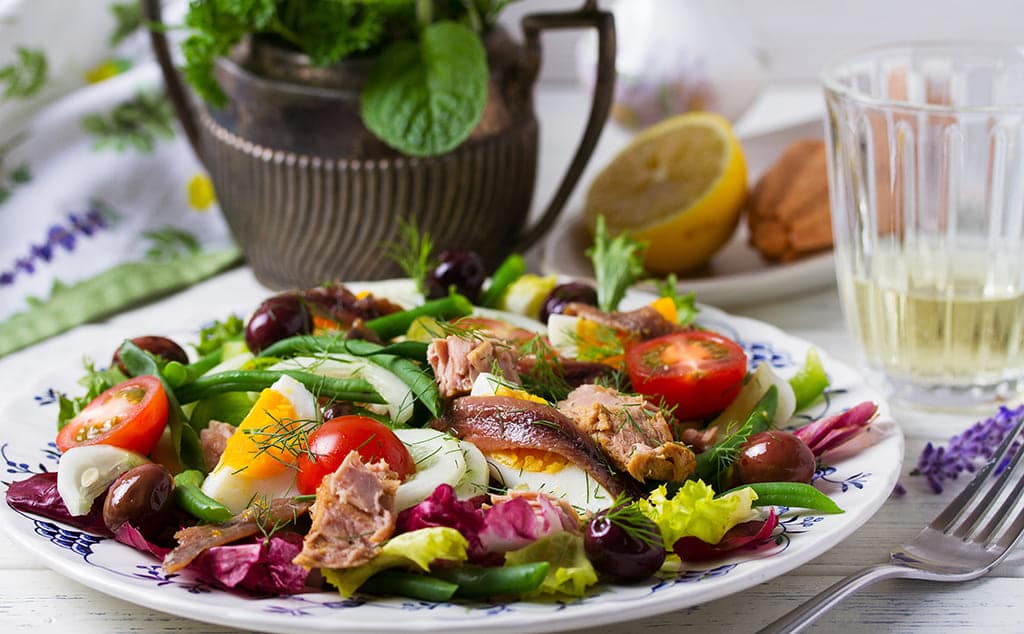If you have ever stood in front of the seafood aisle, wondering what all the details on a tuna label mean, you are not alone. From cuts to oils and packaging, each part of a label tells a story about quality, flavor, and sourcing. Knowing how to read a tuna label allows you to make informed choices, ensuring every jar or can you open reflects your values of quality, sustainability, and exceptional taste.
When you understand these distinctions, you can better appreciate products like Tonnino’s yellowfin tuna, crafted with care and designed for those who value both culinary excellence and transparency.
The Basics: Understanding Tuna Labels
Tuna labels may seem simple, but every detail carries meaning. Whether you are choosing a product for its flavor, texture, or sourcing, understanding the terminology helps you select tuna that aligns with your preferences and principles.
A typical label includes the species of tuna, net weight, ingredients, and packing medium such as oil or water. It also lists general tuna nutritional information, offering insight into the product’s composition. However, the more meaningful information lies in the specific wording that defines quality and authenticity.
When understanding tuna labels, pay attention to:
- Type of Tuna: Common species include Yellowfin, Albacore, and Skipjack. Each has a distinct texture and flavor intensity.
- Cut Description: Phrases like “fillet”, “solid,” “chunk,” or “flaked” reveal how the tuna is prepared and packed.
- Packing Medium: Olive oil or water each creates a unique taste profile.
A clear tuna label guide helps you make sense of these details, ensuring you always know what you are choosing. At Tonnino, transparency is part of our brand’s DNA. Every label represents care, precision, and integrity, helping you trace your tuna confidently and select responsibly. We also feature the ability to Trace Your Tuna, where you can enter the tracking code found on the bottom of your jar or can and see where and when your tuna was caught.
Tuna Cuts Explained
The cut of tuna you choose directly influences both its presentation and experience. Labels often refer to cuts as fillet (solid), chunk, or flaked, each offering a distinct texture and visual appeal.
- Solid Cuts: Whole fillets of tuna carefully placed in the jar or can. These represent the highest quality and are ideal for elegant platters or refined salads. Tonnino’s yellowfin tuna in this form maintains its firm, tender structure and sophisticated flavor.
- Chunk Cuts: Smaller portions of fillet separated into bite-sized sections. They preserve flavor but offer a more relaxed texture, perfect for everyday meals.
- Flaked Cuts: Finer pieces of tuna that are softer and lighter, often used in dips or light spreads.
When exploring tuna packaging explained through the lens of cuts, solid fillets showcase craftsmanship. They respect the natural shape and flavor of the fish while ensuring every serving feels elevated.
Understanding these descriptions allows you to choose a product that complements your dining occasion, whether you are serving a gourmet seafood board or crafting a light lunch with character.
What’s in the Oil? Decoding Tuna Oils and Water Labels
A key distinction on every tuna label is how the fish is packed, either in oil or in water. This choice defines the flavor experience and texture of the tuna, so it is important to understand what each option offers.
When decoding tuna labels, note the specific type of oil or liquid listed:
- Olive Oil: Adds richness and a luxurious mouthfeel. It enhances the natural flavor of the tuna, making it ideal for refined tastings and pairings.
- Water: Offers a lighter taste while preserving the tuna’s pure profile and firmer texture.
These choices often depend on how you plan to serve your tuna. Oil-packed tuna is perfect for indulgent dishes or tapas-style servings, while water-packed varieties lend themselves to lighter preparations.
Tonnino carefully selects packing mediums that complement the natural essence of the fish, ensuring that flavor, texture, and balance remain in harmony. Understanding this part of the label allows you to choose tuna that best suits your palate and culinary vision.
The Importance of Sustainable Sourcing in Tuna
Today’s seafood industry places growing emphasis on sustainability, and with good reason. When you understand how to read a tuna label, sourcing details offer a deeper story about respect for marine ecosystems and responsible practices. Choosing tuna from brands committed to sustainability helps preserve ocean health for generations to come.
At Tonnino, sustainability is foundational. From procurement to packaging, every step is guided by care for the environment and a long-term vision for marine preservation. Our Trace Your Tuna feature provides valuable transparency, empowering you to make informed, eco-conscious decisions.
When you see tuna packaging explained with clarity, it reflects a commitment to accountability. A well-informed choice ensures that the premium quality you enjoy today contributes to a thriving, balanced ocean tomorrow.
Understanding Ethical Sourcing and Its Impact
Sustainability and ethics are closely linked. Ethical sourcing ensures fair treatment for fishing communities and responsible stewardship of natural resources. A thoughtful tuna label guide will often include information related to sourcing or responsible production, all signals that the brand operates with integrity.
By selecting tuna sourced through ethical channels, you support practices that benefit both the environment and local communities. It is a way of enjoying seafood that aligns with your values, combining flavor with conscience and quality with purpose.
Tonnino’s commitment to ethical sourcing is reflected in every product. It is a reminder that the most satisfying meals are those that honor both taste and responsibility.
Common Pitfalls: What to Avoid When Reading Tuna Labels
Even well-intentioned shoppers can find tuna labels confusing. Marketing terms and inconsistent standards can make it difficult to identify true quality. By recognizing common pitfalls, you can navigate labels with confidence.
When understanding tuna can labels, watch for:
- Ambiguous Terminology: Words like “premium” or “gourmet” may sound appealing, but can vary widely in meaning. Look instead for specifics such as species, cut, and packing medium.
- Generic Ingredient Listings: Detailed labels that specify oil type and cut indicate greater attention to quality.
- Misleading Sustainability Claims: Phrases like “eco-friendly” without clear sourcing information can be vague. Transparency should always accompany such claims.
By reading labels carefully, you ensure that your choices reflect quality and authenticity rather than marketing language. The more familiar you become with label terminology, the easier it becomes to select tuna that meets your expectations for flavor, sustainability, and integrity.
Making Informed Choices with Tuna Labels
Learning how to read a tuna label transforms a simple purchase into a conscious decision. Each detail, including cut, oil, and packaging, reveals something about the care that went into the product. When you understand these elements, you can select tuna that aligns with your palate and your principles.
At Tonnino, every label represents a promise of quality, transparency, and responsibility. By choosing carefully sourced and artfully prepared tuna, you not only enjoy an exceptional dining experience but also support a vision of sustainability and ethical excellence.
Next time you reach for a jar or can, let the label guide you toward a product that reflects your values and brings unmistakable depth and sophistication to your table.
Frequently Asked Questions
How Do I Know if My Tuna Is Sustainably Sourced?
A responsibly sourced tuna label will often mention ethical or eco-friendly practices. Transparency is key, and brands like Tonnino prioritize sustainability and ensure their labels reflect that commitment.
Is There a Difference in Flavor Between Tuna Packed in Oil and Water?
Yes. Oil-packed tuna offers a richer, more luxurious texture and flavor, while water-packed tuna has a leaner, more delicate profile. The right choice depends on your personal taste and how you plan to serve it.
What Should I Look for When Reading a Tuna Label?
Focus on the type of tuna, the cut, and the packing medium. These details tell you about quality, texture, and sourcing integrity, helping you make an informed, confident selection.
Up Next






